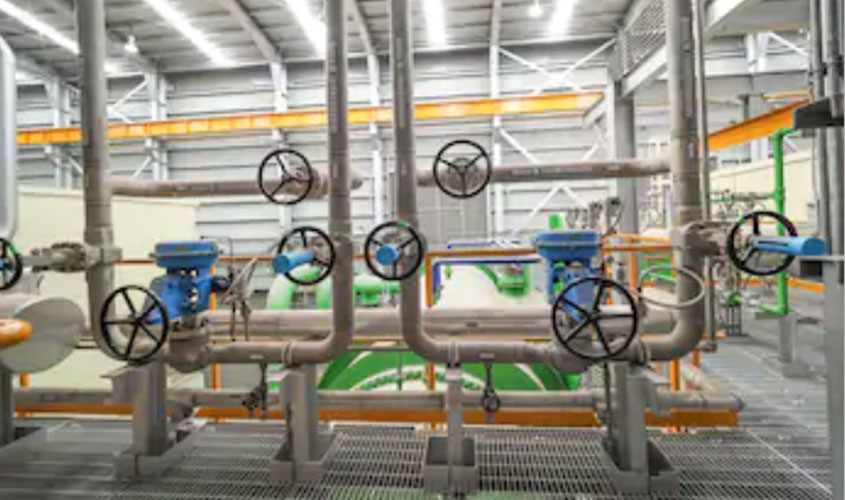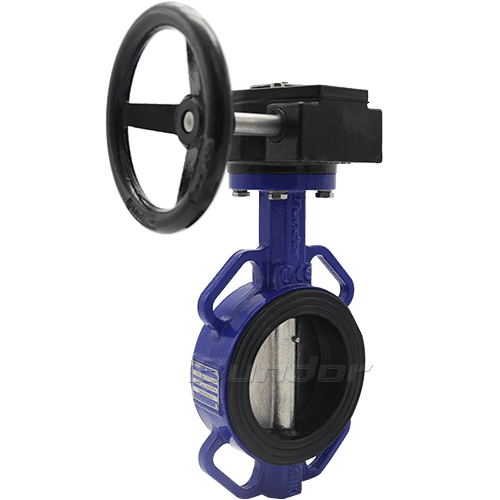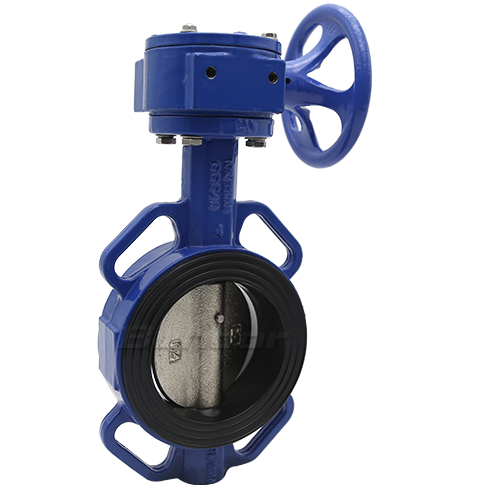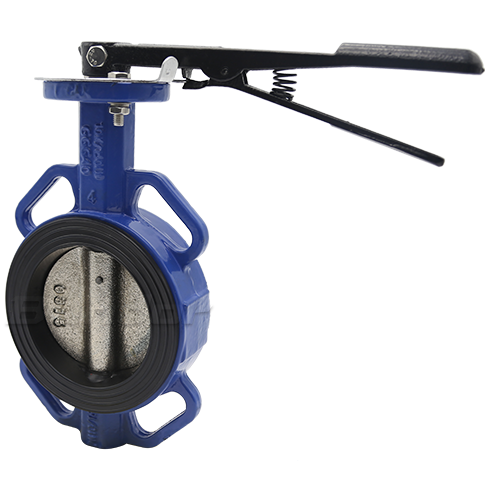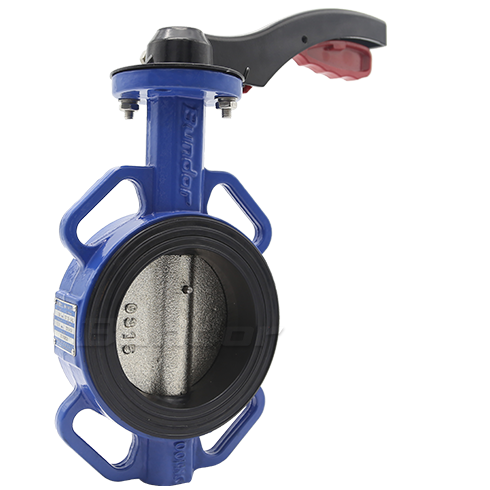The lug type wafer butterfly valve and the lug-on-wafer butterfly valve are in the same valve form. They are just different names. They have the advantage that the distance between the pipes at both ends is short. The "lug" here refers to the valve connecting the pipe flanges at both ends with a gold hoop. The lug type wafer butterfly valve is a butterfly valve that is distinguished according to the connection method. Both the lug and the wafer are a type of connection. The butterfly valve is connected by a flange type butterfly valve or a welded butterfly valve. Some small-diameter butterfly valves have lugs and some are not, which is determined by the design of each manufacturer. However, the large-diameter butterfly valve generally has a lug. Let's take a look at the difference between them.
1. When the lug type wafer butterfly valve and the pipe are installed, the flanges of the two sides are respectively installed with bolts, so that the sealing surfaces of the valve body and the valve body are not squeezed by the bolts, which is beneficial to the sealing life.
2. The lug type can be easily installed in the discharge position.
3. The lug-type bolts are relatively short and do not need to pass through the entire valve body. This avoids the defects that the valve bolts are relatively long and the creep is large and easy to leak.
Lug type wafer butterfly valves use bolt length = standard bolt length + nut length + butterfly valve thickness + spring pad thickness + flat pad thickness + a little margin. Generally, the bolt length is calculated according to the matching flange. The bolt hole of the butterfly valve is matched with the thread and is installed by a full-threaded stud bolt. One of the nuts is removed, the bolt is twisted into the bolt hole of the valve, and then the nut is tightened. There are two holes on the lug butterfly valve. There are also through holes and internal threads. If it is a through hole, the bolt will grow long and pass through. Its function is to position the valve pipe coaxially when it is installed. Simply put, it is convenient to install with these holes. The valve is tightened by bolting the two flanges together to produce a clamping force. The caveat here is that a flange has eight holes but the valve does not have to have eight holes. Generally speaking, there are four holes and two holes. Internal threads, short bolts, installed on both sides of the valve. Such a valve should be referred to as a single-wafer valve because such valves are typically mounted at the end of the pipe. At this time, the pipe has only one flange, and the valve is fixed on the pipe by the fastening force generated between the bolt and the threaded hole on the valve. Generally, all holes of the lug type are threaded holes. Through holes are only used at the request of the customer.


